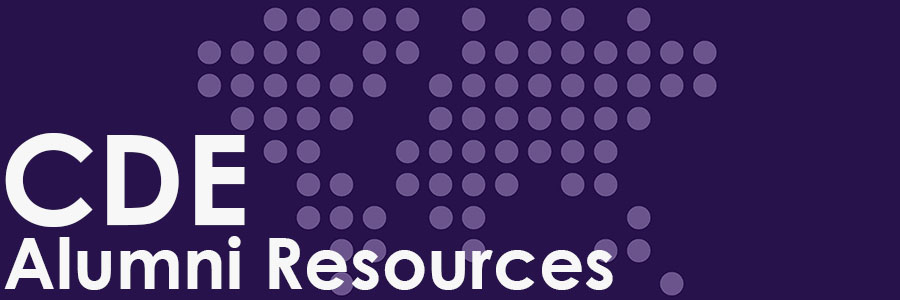Article by Michael Best, Jonas Hjort, and David Szakonyi
Originally posted on (date)
Best, Szakonyi and Hjort (2017) utilize state procurement as an outcome variable to evaluate bureaucratic efficacy in Russia from 2011 to 2015, much in the way that diagnostics of effectiveness in firms measured by indicators such as sales, costs and profits would suggest where a firm can be improving.
They find that individual bureaucrats and organizations have a large impact on whether purchases are cost-effective or not, accounting for up to 60% of the total variation.
This suggests that individuals matter, and that policy design that might be beneficial for the top performers would be detrimental to the laggards, and vice versa. The broader takeaway is that a little bit of ingenuity, and making recommendations according to the recipient and their current abilities, might be more effective than just issuing blanket recommendations.
Citation for the full article:
Best, M, J Hjort and D Szakonyi (2017), “Individuals and Organizations as Sources of State Effectiveness, and Consequences for Policy Design”, CEPR Discussion Paper No. 11968.
Related Content:
Read the executive summary of Jones's report on security online at Brookings
Download the executive summary here.
Download the full report by Jones, Call, Toubolets and Fritz from September 2018: "Managing the New Threat Landscape: Adapting the Tools of International Peace and Security"
Recommended in the post:

Weijin Shan's book Out of the Gobi describes his experiences growing up in a transforming China.
Have you read this summary or the associated article? Would you recommend this post or the blog to other CDE alumni?
What were the major takeaways for you? Do you agree with the author(s)?
Share and help generate positive externalities below!
